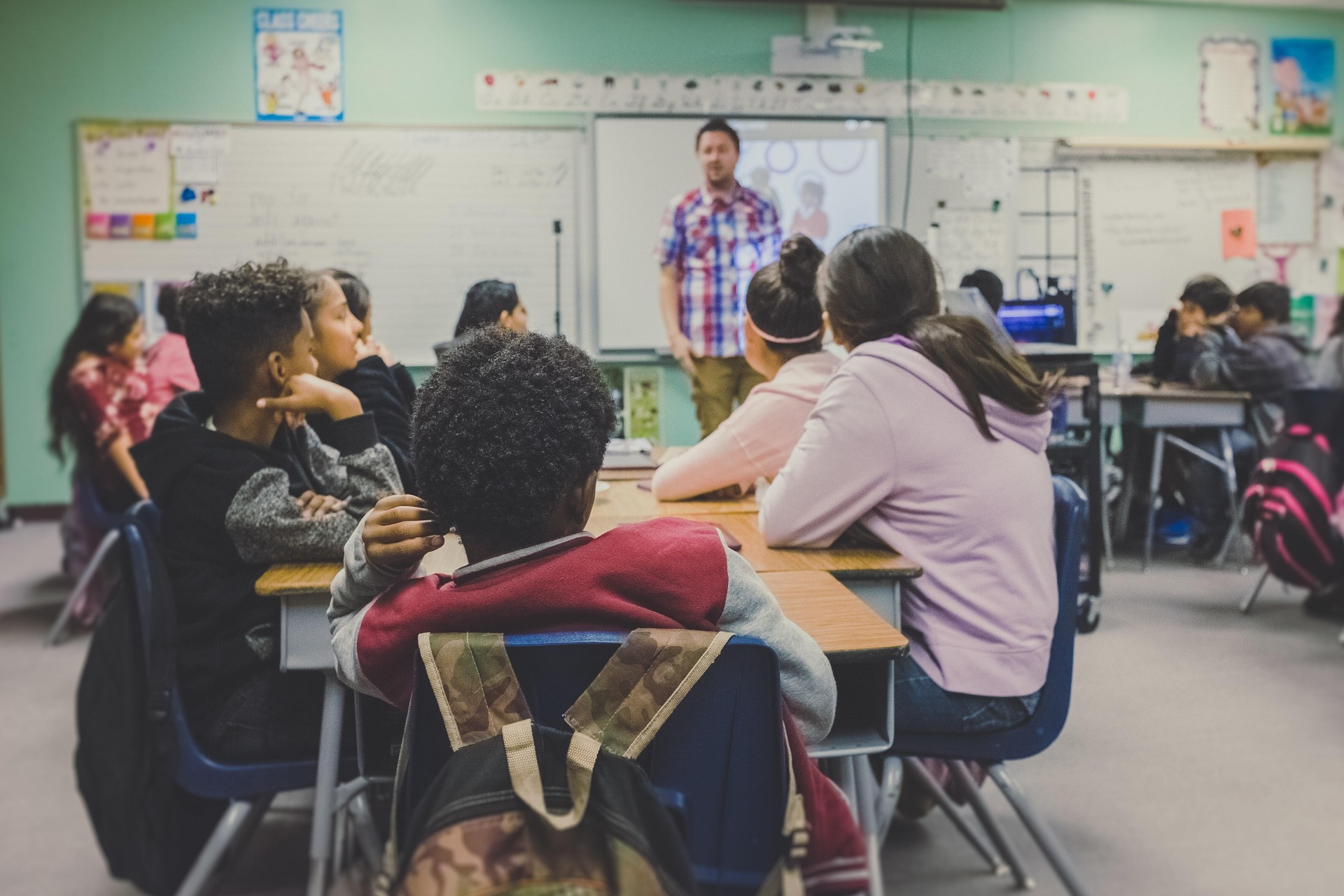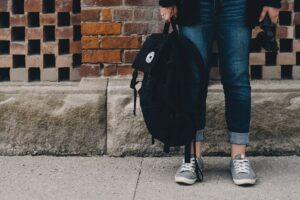
We are a reader-supported education publication. When you buy through links on our site, we may earn an affiliate commission to help us keep providing content.
When you ask how people learn best, many would say they’re much better at “learning by doing” rather than studying. In other words, they’re experiential learners.
Experiential learning is taking academic knowledge and using it in a real-world context. It gives students an opportunity to use what they’ve learned in the classroom in situations outside of school. When used alongside other techniques, experiential learning can reinforce what students have seen or read by showing them practical applications of their lessons.
The Different Types Of Experiential Learners
David A. Kolb is one of the foremost theorists of experiential learning. According to Kolb, there are four types of experiential learners:
- Converger: These types of learners lean towards active experimentation. They strongly focus on deductive reasoning and the practical application of ideas.
- Diverger: Learners who fall into this category have strong imaginations and are good at generating their own ideas. They value observation over activity.
- Assimilator: Assimilators display a strong tendency for abstract conceptualization and observation. They learn best through inductive reasoning and theoretical models.
- Accomodator: Accommodators tend to solve problems intuitively. They learn best through experimentation and concrete experience.
Opportunities For Experiential Learning
Educators who want to implement experiential learning in their classrooms should plan lessons that encourage critical analysis and reflection. Since students engage in the lesson by asking questions and experimenting independently. Encourage your students to take risks and learn from failure while celebrating their successes.
There are many opportunities to incorporate experiential learning into your lessons. Here are a few examples.
Case Studies And Experiments
Case studies and experiments allow students to use what they have learned in a practical simulation. These simulations encourage students to use the knowledge the’ve gained to work out their own solutions.
Cooperative Learning
Cooperative learning teaches students to work together to reach a common goal. Working together in groups can stimulate the thinking process through social interaction. When students each present their ideas to find a compromise, they learn from each other.
Field Trips
Getting out of the classroom is an excellent opportunity for experiential learning. Students can apply what they’ve learned to situations outside of school. Additionally, field trips create a positive and safe environment for students to test their knowledge.
Educational Simulations in Virtual Reality
Virtual reality (VR) technology has a wide range of applications, including in the field of education. Using VR, educators can create any number of controllable simulations for students to apply their knowledge. These simulations can accompany lessons and engage students in a fun and meaningful way.
Reap the Benefits Of Experiential Learning
Experiential learning has plenty of advantages that — when combined with studying — create a comprehensive educational experience. Students can see that what they learn in the classroom has practical applications in the real world. They’ll also learn how to use that knowledge in situations unique to them, encouraging them to retain what they’ve learned.









